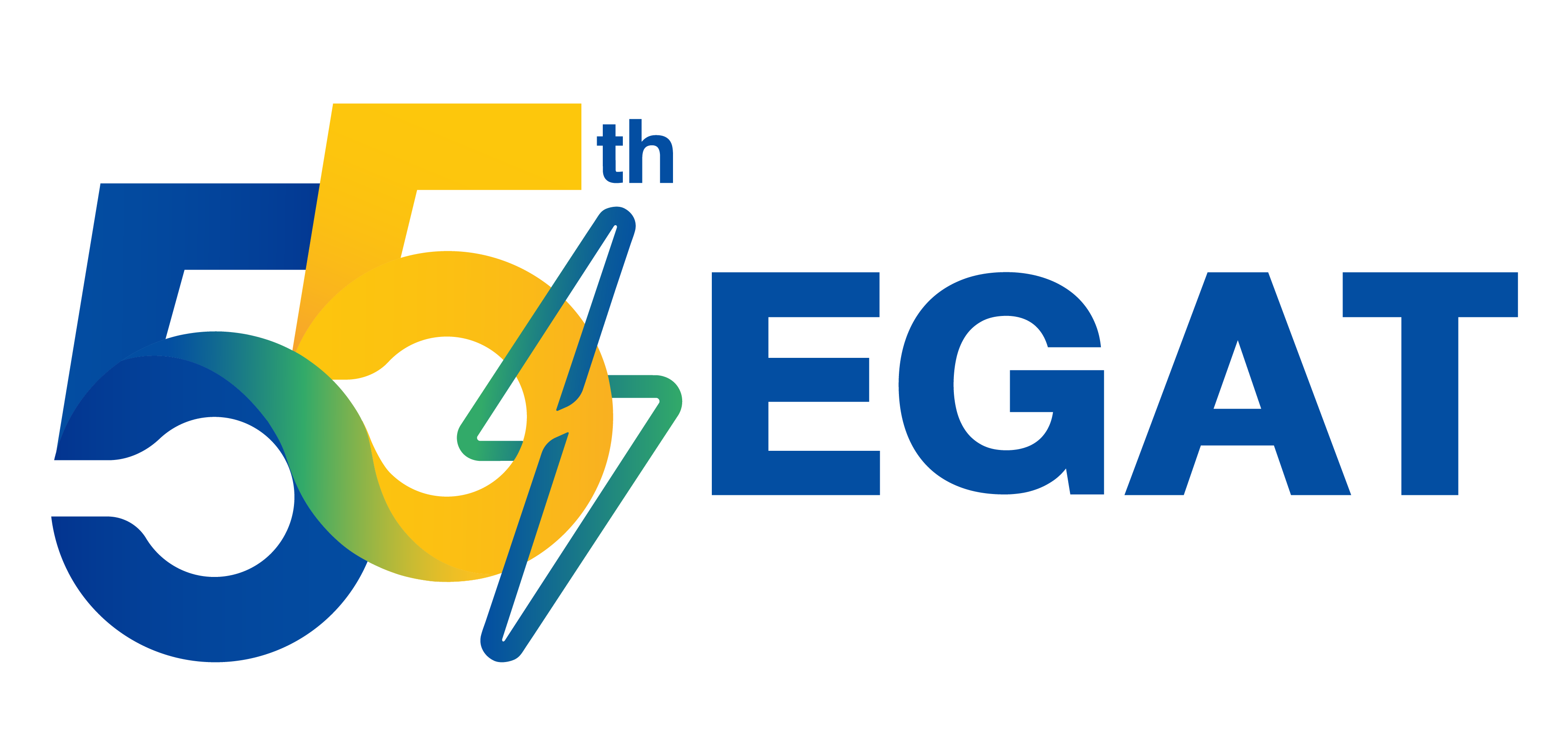EGAT continues to develop hydrogen technologies and energy storage systems
9 August 2023EGAT invited the media to update on clean energy innovations, learning about hydrogen technologies and the largest energy storage system in Australia along with the aim to build the power system security and achieve a low-carbon society.

Mr. Boonyanit Wongrukmit, Governor of the Electricity Generating Authority of Thailand (EGAT), headed a group of EGAT officials and media delegates in the areas of economy, energy, and industry visiting the Latrobe Valley Hydrogen Facility, Victorian Big Battery, and the Commonwealth Scientific and Industrial Research Organisation (CSIRO) in Australia on August 1-7, 2023. During the visit, they also exchanged opinions with government agencies and energy partners.

Mr. Boonyanit Wongrukmit said that the Ministry of Energy has implemented a clean energy plan to comply with the goal of carbon-free society under the 4D1E (Digitalization, Decarbonization, Decentralization, De-regulation, and Electrification) strategy. One of the crucial aspects is supporting the development of energy storage systems to enhance stability of the national power grid. Moreover, the usage of hydrogen in the energy sector is being explored, either for the direct use or in combination with natural gas in electricity generation. As the organization responsible for power system security, EGAT has been actively developing energy storage systems and studying the potential of hydrogen in power generation. The objective is to improve the energy infrastructure to promote green energy services. To achieve this, EGAT collaborates with partners in public and private sectors, as well as energy organizations in Australia that share the same goal of clean energy transition.

The Latrobe Valley Hydrogen Facility is a part of Hydrogen Energy Supply Chain project achieving in producing hydrogen derived from coal and biomass through gasification and refining processes. The hydrogen was then shipped to Japan, and carbon credits were traded to offset carbon dioxide emissions, along with Carbon Capture and Storage (CCS). This aligns with EGAT’s capabilities to produce and utilize green hydrogen successfully since 2016. It is achieved by storing electricity from wind turbines in the form of hydrogen through a Wind Hydrogen Hybrid System, which is paired with fuel cells with a capacity of 300 kW. The hydrogen-derived electricity is supplied to EGAT Learning Center – Lamtakong. EGAT plans to increase green hydrogen production capacity from the Lamtakong Wind Turbine Project, Phase 2 and studies the use of hydrogen mixed with natural gas to replace electricity production from fossil fuels. It is expected to pilot the use of hydrogen blended into natural gas with the proportion of 5% in power plants operating between 2031 and 2040. Moreover, there are plans to study the production of hydrogen from coal (brown hydrogen) and develop Carbon Capture, Utilization, and Storage (CCUS) at EGAT power plants, namely Nam Phong Power Plant in Khon Kaen Province and Mae Moh Power Plant in Lampang Province.

CSIRO, an Australia’s national science agency, specializes in technologies that help reduce carbon dioxide emissions. It has collaborated with EGAT to study and research energy storage systems to enhance the stability of renewable energy, covering the design, safety, and supply chain of energy storage systems. Moreover, they have collaborated on research related to hydrogen, including production, storage, transportation, and the use of hydrogen as the fuel for electricity generation. This collaborative effort is currently in the planning phase for future implementation.

The 300 MW Victorian Big Battery developed by Neoen in collaboration with Tesla and AusNet Services is the largest battery energy storage project of Australia. It contributes to the stability of the electricity system and reduces electricity costs for power users in Victoria, Australia. Similarly, EGAT is piloting three battery energy storage projects, including the 16 MWh Bamnet Narong Substation in Chaiyaphum Province and the 21 MWh Chai Badan Substation in Lop Buri Province, totaling 37 MWh. These are the largest battery storage systems in Thailand, which help reduce fluctuations in renewable energy, maintain grid stability, and reduce electricity losses in the transmission system. Moreover, EGAT is developing the 4 MWh Smart Grid Project in Mae Hong Son Province to enhance the reliability of the electricity system in the city of Mae Hong Son Province.
“EGAT is committed to developing energy technologies and striving to become a leader in green energy, for a sustainable future of Thailand’s energy security and the Thai economy,” Mr. Boonyanit Wongrukmit concluded.
